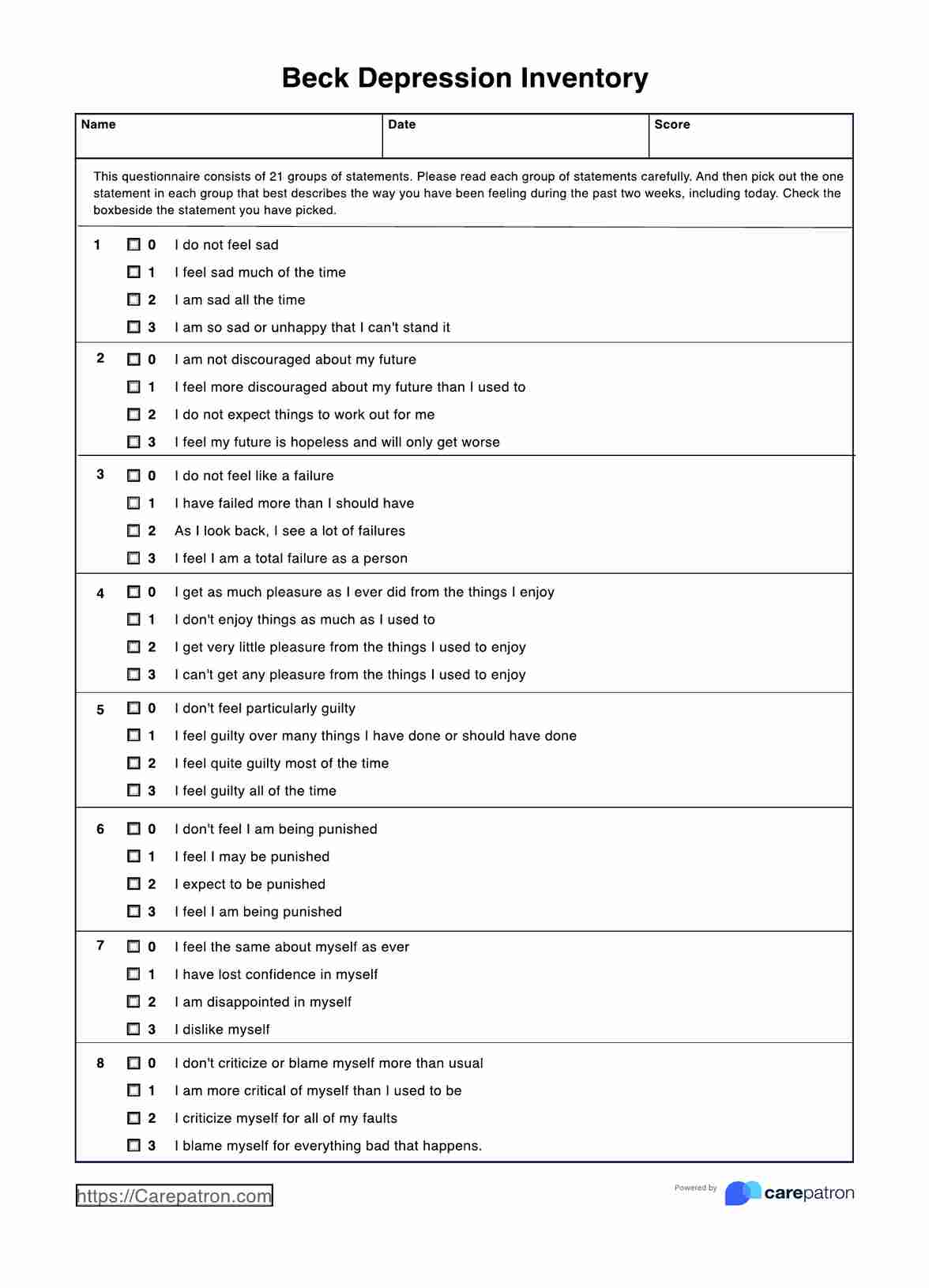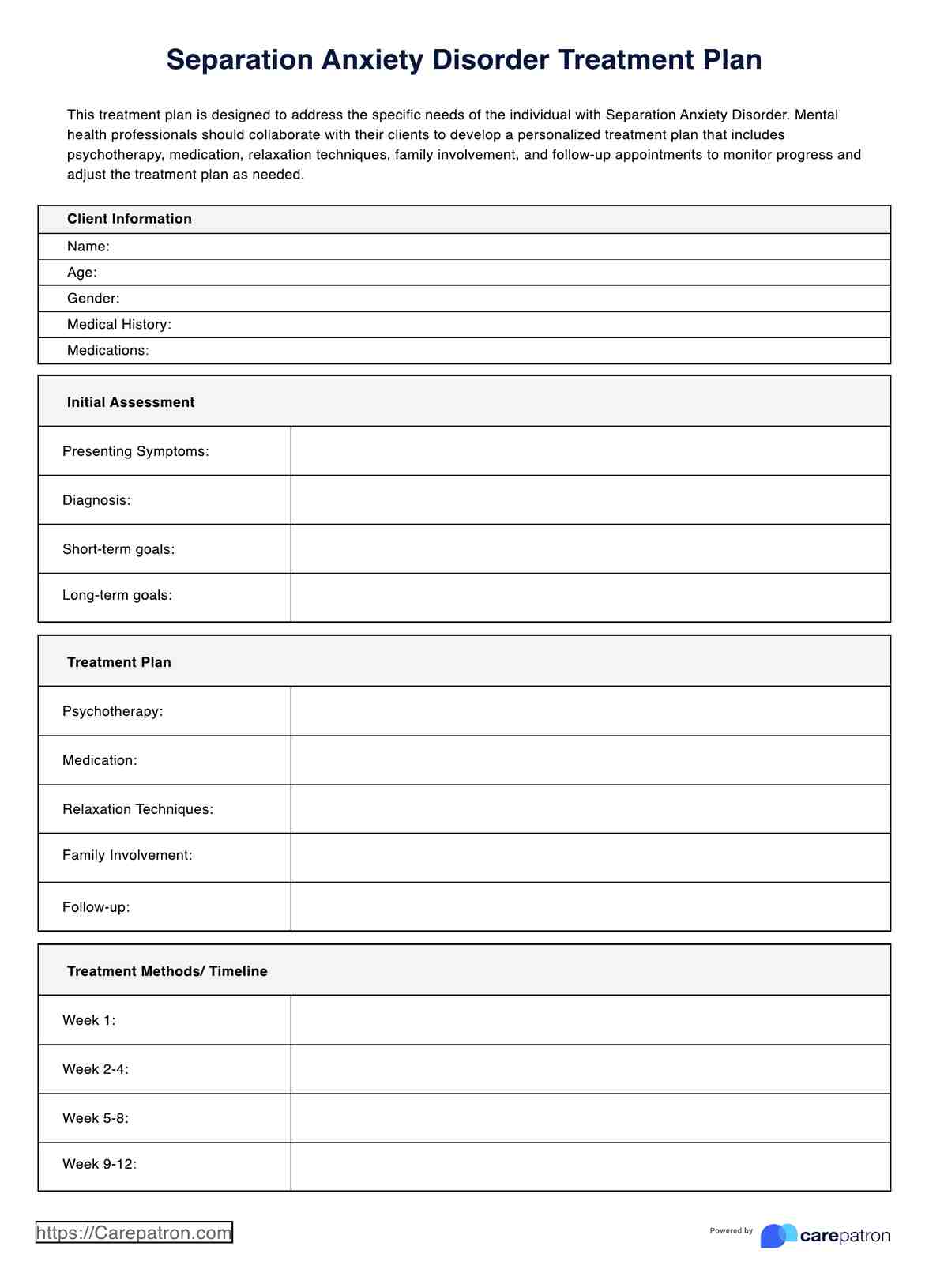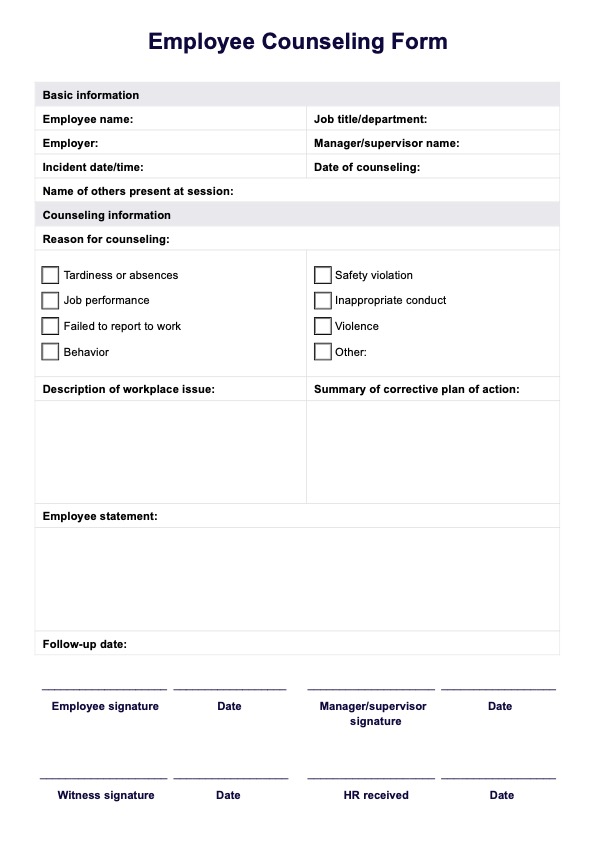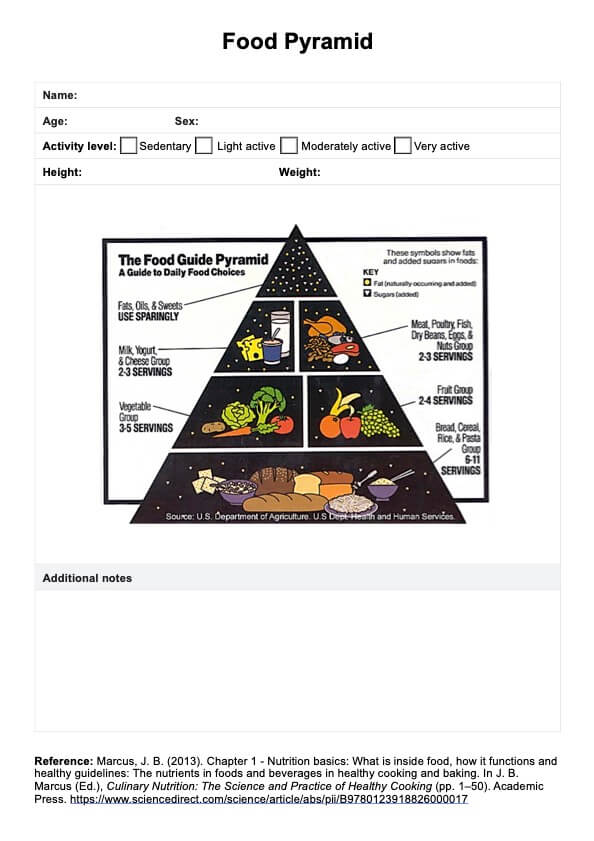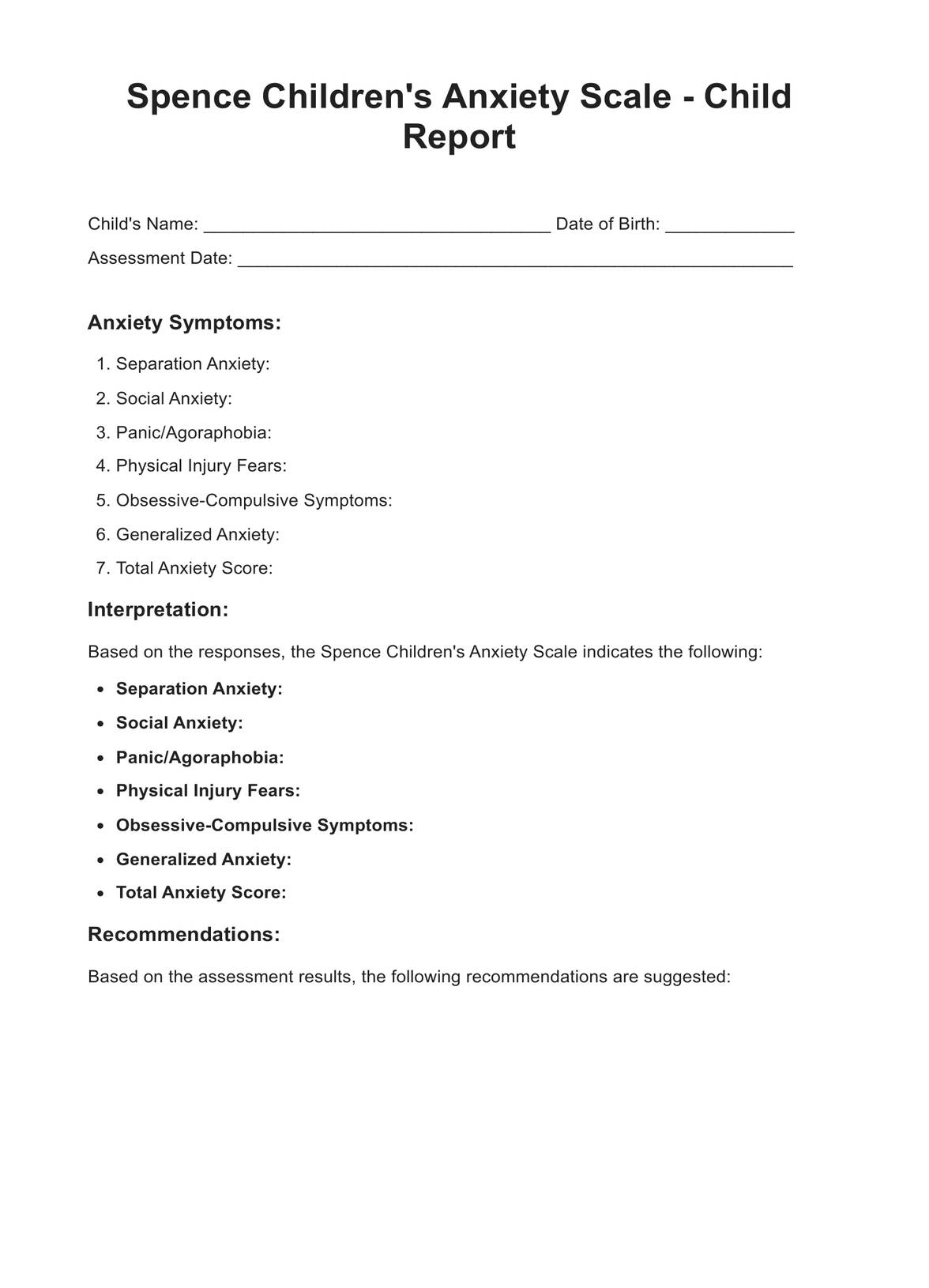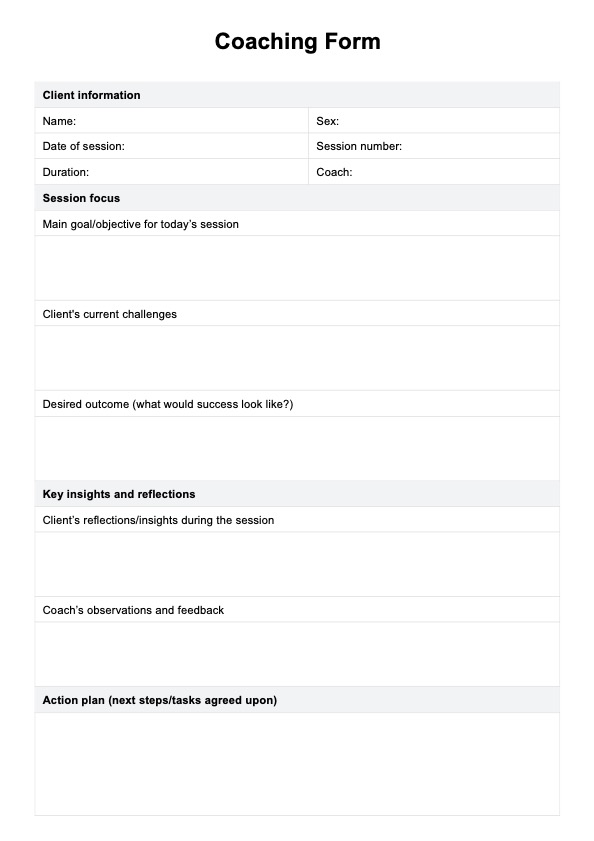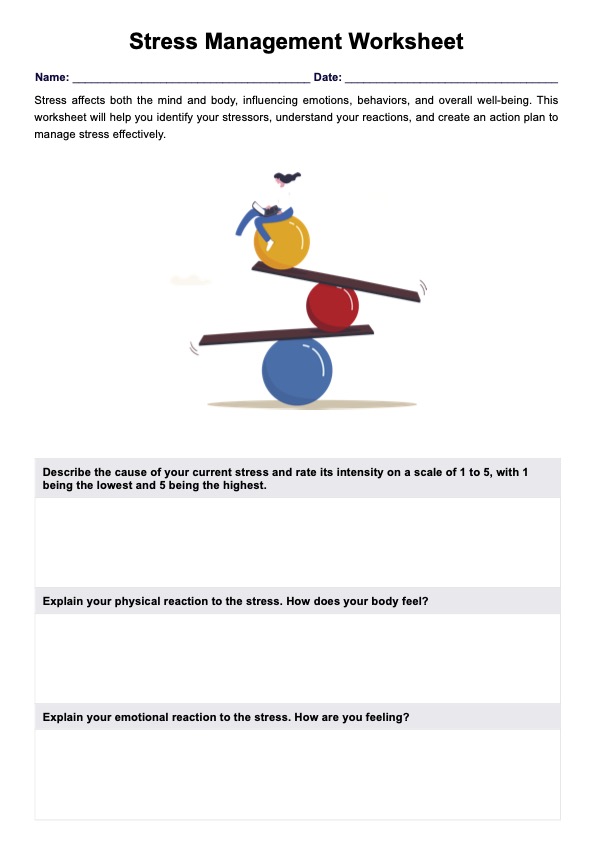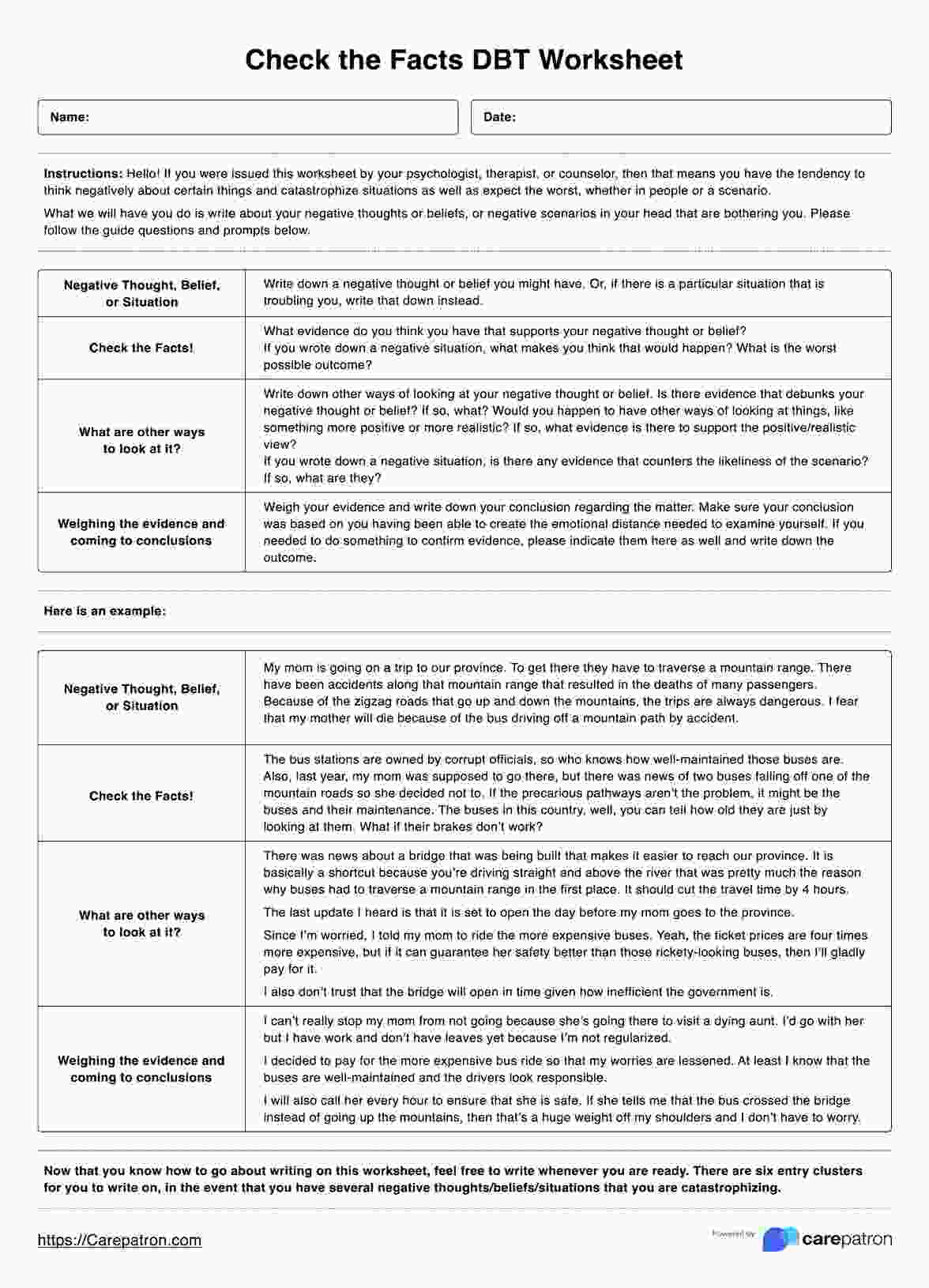Implicit Attitude Test
Explore strategies to address and reduce unconscious biases, fostering inclusivity through awareness, education, and mindful reflection.


What is implicit bias?
Implicit bias refers to the attitudes or stereotypes that affect our understanding, actions, and decisions unconsciously. These biases encompass favorable and unfavorable assessments and are involuntarily formed and rooted in our subconscious.
Unlike explicit biases that individuals know and can control, implicit biases are hidden biases that individuals might not even recognize they harbor. Understanding implicit bias is crucial as it can influence behavior towards others based on prejudiced attitudes and stereotypes, often leading to discriminatory behavior without conscious awareness.
Implicit Attitude Test Template
Implicit Attitude Test Example
The effects of prejudice and stereotypes
The pervasive nature of prejudice and stereotypes deeply infiltrates the fabric of society, influencing perceptions, behaviors, and outcomes across various domains. These implicit biases, often unrecognized by individuals, significantly shape societal dynamics and personal experiences. The effects of such biases are far-reaching, impacting individuals and communities in profound and multifaceted ways.
In the workplace
Prejudice and stereotypes can significantly hinder professional diversity, equity, and inclusion efforts. Implicit biases may affect recruitment, promotion, and development opportunities, often favoring particular groups over others based on unfounded stereotypes rather than merit or potential.
This limits the career prospects of individuals from marginalized groups and deprives organizations of the rich diversity of thought, perspective, and innovation that comes with a truly inclusive workforce. The cumulative effect of these biases can contribute to a cycle of underrepresentation and inequality, reinforcing the glass ceiling and wage gaps from ethnic and racial discrimination that persist in today’s society.
In healthcare
Healthcare is not immune to the impacts of implicit biases, with prejudice and stereotypes potentially compromising the quality of patient care. Studies have shown that implicit biases among healthcare professionals can influence diagnosis, treatment decisions, and patient interactions, often leading to disparities in care based on race, ethnicity, gender, or socioeconomic status.
Such disparities can exacerbate health inequities, affecting outcomes and eroding trust in healthcare systems among marginalized populations. The consequences of unchecked biases in healthcare settings underscore the critical need for cultural competence and unconscious bias training among healthcare providers.
In law enforcement and the justice system
Implicit biases within law enforcement and the judicial system can have life-altering if not life-threatening, consequences. Stereotypes and prejudices can influence the perception of threat, decision-making, and behavior during police encounters, contributing to racial profiling and disproportionate use of force against certain groups.
Similarly, biases can affect legal proceedings and sentencing, perpetuating a cycle of injustice and inequality within the criminal justice system. The societal ramifications of such biases are profound, fueling social unrest and undermining the principles of fairness and justice.
In everyday social interactions
On a more personal level, prejudice and stereotypes can infiltrate everyday social interactions, shaping perceptions and behaviors in subtle yet significant ways. These biases can affect how individuals perceive and interact with each other, often leading to misunderstandings, exclusion, and discrimination.
The impact on mental health and well-being can be substantial, with victims of prejudice and stereotypes experiencing feelings of isolation, low self-esteem, anxiety, and depression. The cumulative effect of these daily encounters can reinforce social divisions and hinder efforts toward social cohesion and mutual understanding.
Addressing the challenge
The challenge of overcoming prejudice and stereotypes requires a multifaceted approach encompassing education, awareness, and systemic change. Efforts to raise awareness about implicit biases and their impacts, coupled with strategies to foster empathy, understanding, and inclusion, are crucial steps toward mitigating the adverse effects of these biases. We can work towards a more just and equitable society by confronting and addressing our biases and advocating for policies and practices that promote fairness and equality.
The effects of prejudice, racial discrimination, and stereotypes extend far beyond individual instances of bias, permeating various aspects of life and society. The journey toward addressing these issues is complex and ongoing, demanding collective awareness, reflection, and action to dismantle the structures perpetuating discrimination and inequality.
What is the Implicit Attitude Test?
The Implicit Attitude Test (IAT) is crucial in understanding the subconscious layers of our attitudes and beliefs. Originating from the innovative work of Project Implicit, the IAT delves into implicit social cognition by assessing the rapidity and precision with which individuals associate positive or negative connotations with distinct groups, such as racial or ethnic identities.
This methodological approach aims to reveal the underlying biases that escape conscious detection, offering insights into implicit biases and attitudes that shape our perceptions and actions in subtle yet significant ways. Through its ability to uncover these hidden biases, the IAT plays a pivotal role in exploring implicit social cognition, shedding light on the unconscious prejudices and discriminatory tendencies that influence human behavior.
How to conduct the Implicit Attitude Test
The Implicit Attitude Test (IAT) is a psychological assessment designed to reveal unconscious biases by measuring the strength of automatic associations between concepts in memory. Here's a step-by-step guide on conducting the IAT:
Step 1: Choose the IAT version
Select the specific version of the IAT you wish to use, focusing on the type of implicit bias you aim to measure (e.g., racial bias, gender stereotypes).
Step 2: Participant briefing
Explain the purpose of the IAT to participants, clarifying that it assesses unconscious biases rather than explicit beliefs. Ensure confidentiality and anonymity of the participants' responses.
Step 3: Test setup
Provide instructions on how the test works, including how participants will use keyboard keys to categorize words and images. Conduct a practice round to familiarize participants with the categorization process.
Step 4: Test execution
Begin the test by displaying words and images on the screen that participants categorize as quickly as possible. Monitor responses for speed and accuracy, which are critical for analyzing implicit biases.
Step 5: Data analysis
Collect and analyze response data to determine the strength of the participants' automatic associations between concepts. Use statistical analysis to interpret the differences in response times, indicating the presence of implicit biases.
Step 6: Debrief participants
Discuss general findings with participants, offering insights into what the results may indicate about unconscious biases. Provide resources for those interested in exploring their biases further or learning how to mitigate them.
Step 7: Encourage reflection and action
Promote self-reflection among participants regarding how implicit biases may influence their perceptions and actions. Suggest strategies for increasing awareness of and addressing unconscious biases in everyday life.
Following these steps, you can effectively conduct the implicit attitude test, providing valuable insights into the hidden biases that influence human behavior and social interactions.
What to do about unconscious stereotypes and prejudices
Confronting and mitigating unconscious stereotypes and prejudices is crucial for fostering a more inclusive and equitable society. This process requires a multifaceted approach, emphasizing personal introspection and proactive steps toward change. Here's an expanded guide on how to effectively address and reduce implicit bias:
Cultivate awareness and acknowledgment
The journey to overcoming unconscious biases begins with the acknowledgment of their existence. It's essential to understand that implicit biases are a common aspect of human cognition, shaped by societal norms, media, and personal experiences. Acknowledging that everyone can harbor these biases regardless of intentions is the foundational step toward meaningful change.
Educate yourself
Education plays a pivotal role in dismantling stereotypes and prejudices. Seek resources that challenge common misconceptions and provide a more nuanced understanding of different cultures, identities, and experiences. This could involve reading books, watching documentaries, attending workshops, or listening to voices from marginalized communities. The goal is to broaden your perspective and deepen your understanding of the complex tapestry of human diversity.
Engage in perspective-taking
Perspective-taking exercises are powerful tools for empathy building. They involve actively imagining oneself in another person's situation, which can help understand the impact of biases and discrimination on individuals' lives. Such exercises foster empathy and challenge preconceived notions and stereotypes by highlighting the commonalities shared across different human experiences.
Increase exposure to diversity
Actively seek interactions and build relationships with people from diverse backgrounds. Exposure to different cultures, lifestyles, and viewpoints can significantly reduce implicit biases by breaking down the 'us vs. them' mentality. This can be achieved through travel, participating in multicultural events, or engaging in community groups that bring together people from varied backgrounds.
Implement mindfulness and bias-checking routines
Mindfulness practices can enhance self-awareness, allowing individuals to recognize their biased thoughts and reactions as they occur. Pairing mindfulness with bias-checking routines—regularly questioning and challenging one's assumptions and stereotypes—can lead to more deliberate and unbiased decision-making. This reflective practice encourages individuals to pause and consider the fairness and accuracy of their judgments.
Foster inclusive environments
Creating spaces that celebrate diversity and promote inclusivity can help normalize diversity and reduce biases. This involves advocating for equitable policies and practices in workplaces, schools, and communities that recognize and address the needs of all individuals, particularly those from marginalized groups.
Commit to ongoing self-reflection and growth
Addressing implicit biases is not a one-time task but a continuous journey of growth and learning. Regular self-reflection on one's thoughts, behaviors, and attitudes towards others is essential. Setting personal goals for improvement and seeking feedback from trusted peers can guide this ongoing process of self-improvement.
By embracing these strategies, individuals can take meaningful steps toward reducing unconscious stereotypes and prejudices. It's a collective effort that requires patience, commitment, and the willingness to confront uncomfortable truths about ourselves and society.
Commonly asked questions
IAT results are interpreted by examining the speed of responses to congruent and incongruent pairings. Faster responses to congruent pairings (those that match societal stereotypes or personal biases) compared to incongruent pairings suggest an implicit preference. The degree of this preference can indicate the strength of an individual's implicit attitudes.
The IAT is a widely used tool for measuring implicit attitudes and has been supported by numerous research studies. However, its reliability can vary based on the context and the specific attitudes being measured. It's considered a valuable tool for raising awareness about implicit attitudes but should be interpreted with caution and in conjunction with other measures.
The IAT usually takes about 5 to 10 minutes to complete. This includes a series of tasks where participants quickly categorize words or images, with the speed of their responses used to infer their implicit attitudes.

.jpg)
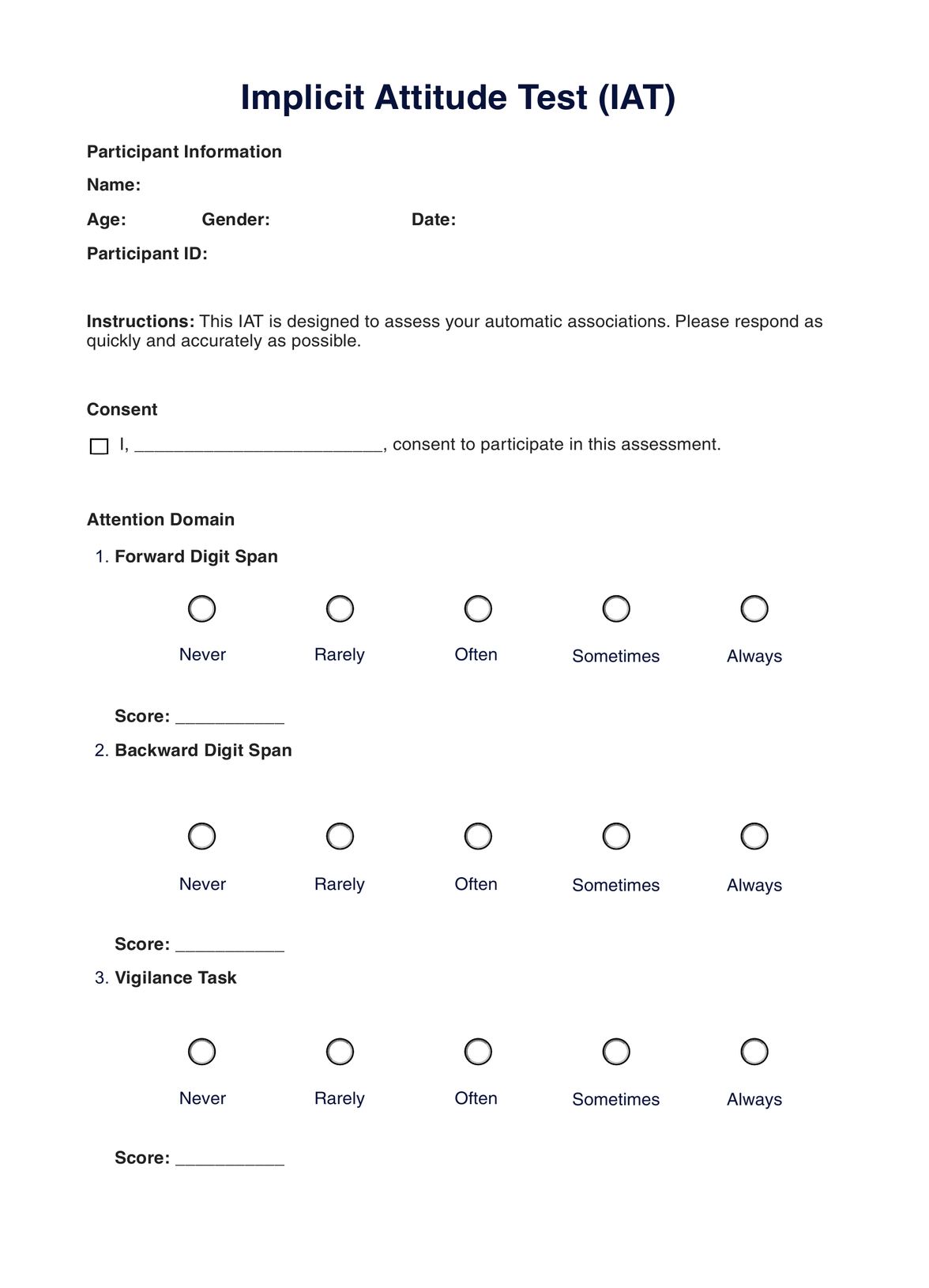
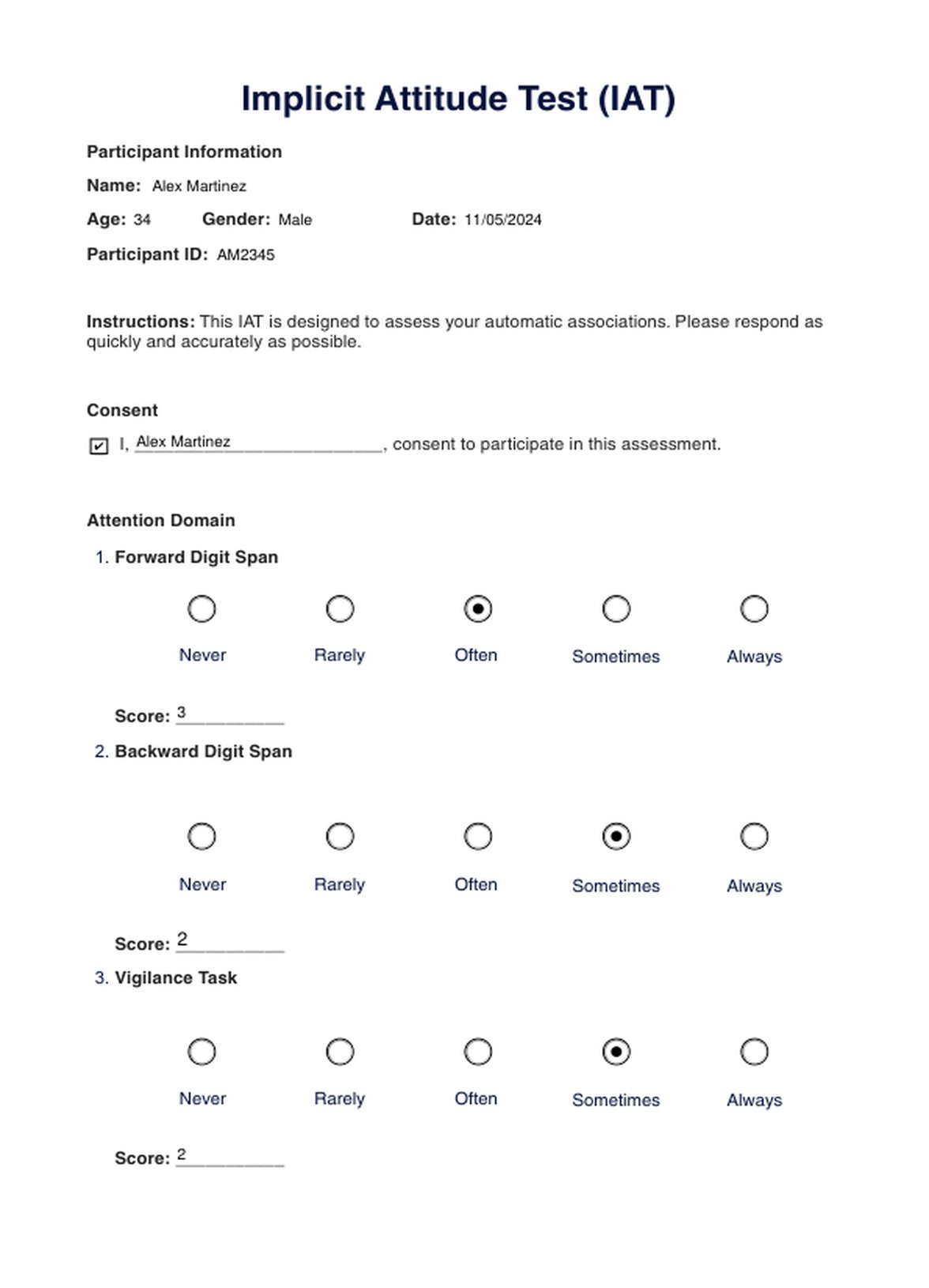

















-template.jpg)



















































































